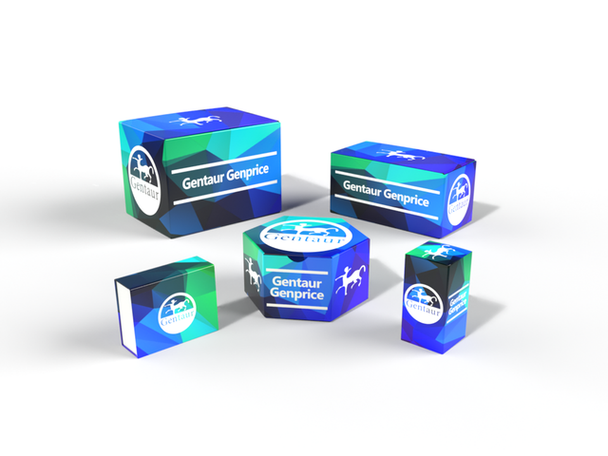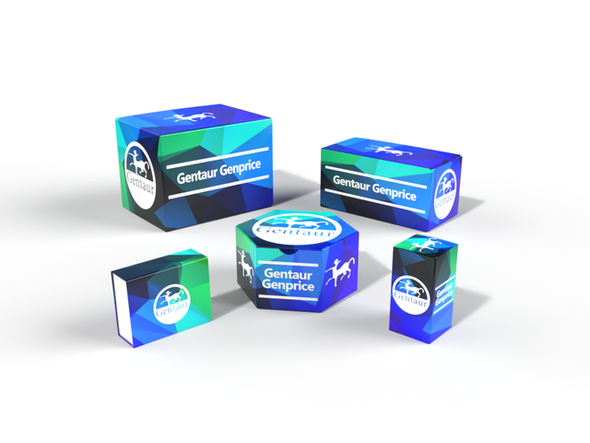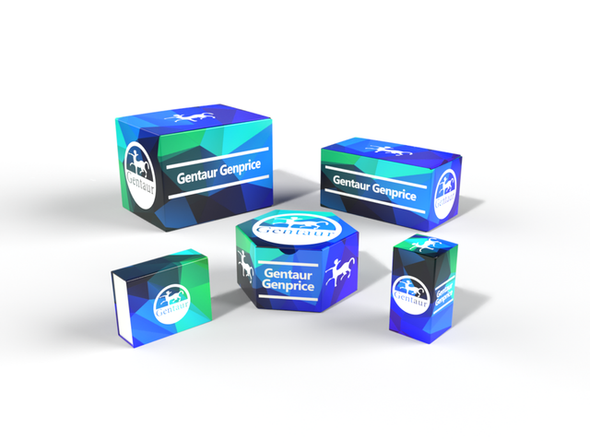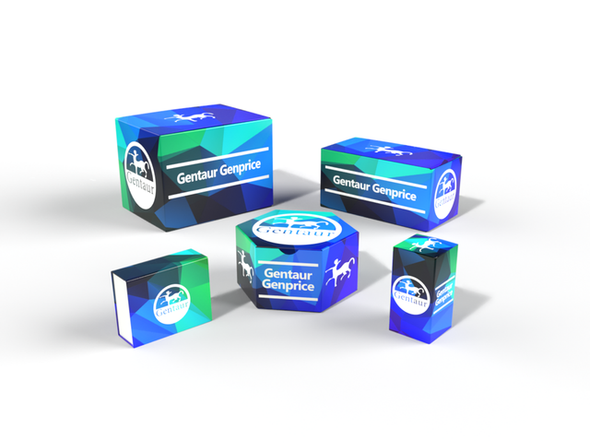Description
MTB RT-PCR | B15-50FRT is available for delivery
Description:
General information: Real Time PCR test for detection of TB
Target Disease Type: Respiratory Infections
Specific Application: Mycobacterium tuberculosis detection and differenziatio
Storage and Shipping : stock
MTB RT-PCR (CE) B15-50FRT DataSheet
INTRODUCTION
Tuberculosis (abbreviated as TB for tubercle bacillus) is a common and deadly infectious disease caused by mycobacteria, mainly Mycobacterium tuberculosis. Tuberculosis most commonly attacks the lungs (as pulmonary TB) but can also affect the central nervous system, the lymphatic system, the circulatory system, the genitourinary system, bones, joints and even the skin. Other mycobacteria such as Mycobacterium bovis, Mycobacterium africanum and Mycobacterium microti can also cause tuberculosis. Over one-third of the world's population has been infected by the TB bacterium, and new infections occur at a rate of one per second. Not everyone infected develops the full-blown disease; asymptomatic, latent TB infection is most common. However, one in ten latent infections will progress to active TB disease, which, if left untreated, kills more than half of its victims.
In 2004, mortality and morbidity statistics included 14.6 million chronic active TB cases, 8.9 million new cases, and 1.6 million deaths, mostly in developing countries. In addition, a rising number of people in the developed world are contracting tuberculosis because their immune systems are compromised by immunosuppressive drugs, substance abuse, or HIV/AIDS.
Early diagnosis of tuberculosis makes effective treatment possible and increases the probability of clinical outcome owing to quite effective antituberculosis therapy, however the tuberculosis diagnosis has certain difficulties. According to international standards, tuberculosis diagnosis must be confirmed either by bacteriology or by histology studies, but the bacteriological methods do not always allow to detect Mycobacterium tuberculosis in people affected with pulmonary tuberculosis and especially with extrapulmonary tuberculosis.
The application of molecular biology methods allow to overcome the difficulties in the diagnosis of Mycobacterium tuberculosis, but due to the biological peculiarities of this microorganism and immune response of human organism, tuberculosis can not be diagnosed only by one method.
Direct and indirect diagnostic methods are applied in phthisiology. Smear bacterioscopy with Ziehl Neelsen stain technique is a rapid and cheap method, but it has low sensitivity, not high specificity, and cannot differentiate TB from nontuberculous mycobacteria. The diagnostic sensitivity of the method doesn't exceed 20-40%. Smear fluorescence microscopy is a more sensitive method, requiring less enlargement of the microscope during the study and thus allowing to observe a larger area if compared to the standard microscopy with immersion system, which increase the detection rate by 17%. Culture have high sensitivity and specificity however due to a slow-growing tendency it takes 2-12 weeks to get a result. The indirect methods such as X-ray diagnostics, CAT, tuberculin diagnostics, detection of tuberculosis antibodies do not directly identify TB; however, they give an understanding of current changes in organs.
INTENDED USE
kit MTB Real-TM is a test for Real Time qualitative detection of Mycobacterium tuberculosis complex (M. tuberculosis, M. africanum, M. bovis, M. bovis BCG, M. microti) in the sputum, urine, bronchial lavages, tissue and other biological materials.
PRINCIPLE OF ASSAY
kit MTB Real-TM is a Real-Time Amplification test for the qualitative detection of Mycobacterium tuberculosis complex in biological materials. Mycobacterium tuberculosis DNA is extracted from samples, amplified using Real Time Amplification and detected using fluorescent reporter dye probes specific for M. tuberculosis and M. tuberculosis IC. M. tuberculosis IC is DNA fragment of IS 6110 insertion of Mycobacterium tuberculosis modified and cloned in bacteriophage λ, containing DNA fragments used in the kit as matrix for primers.
Internal Control (IC) serves as an amplification control for each individually processed specimen and to identify possible reaction inhibition. IC is detected in a channel other than the M. tuberculosis DNA.
MTB Real-TM kit contains UDG-Enzyme which is added to the reaction mix. Since deoxyuridine triphosphate (dUTP) is only present in amplicon while deoxythymidine triphosphate (dTTP) is present in MTB DNA the use of UDG enzyme degrades only amplicons generated from previous runs avoiding possibility of amplicon contamination. UDG is active at room temperature during Mastermix preparation, while during amplification is inactive, not affecting the correct and wanted experiment’s amplicon.






